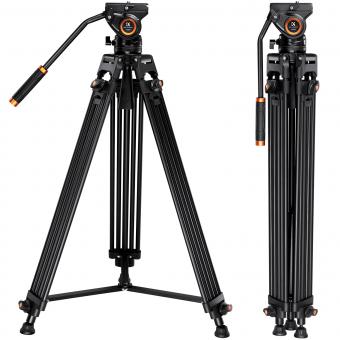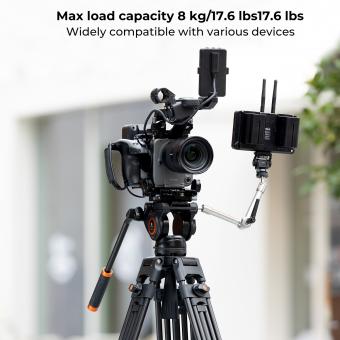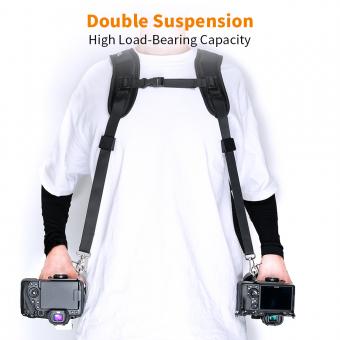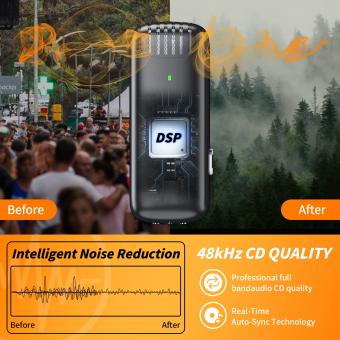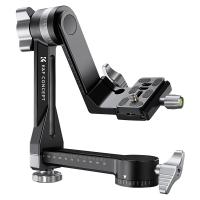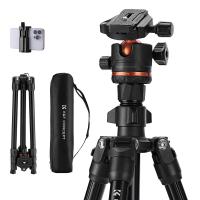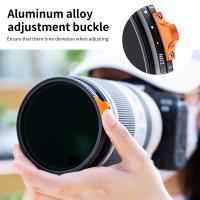Why Are Camcorders Dying?
Camcorders are becoming less popular due to the widespread availability of high-quality video recording capabilities in smartphones and digital cameras. These devices offer convenience and portability, making them more appealing to consumers for capturing everyday moments. Additionally, the rise of social media and online video platforms has shifted the way people share and consume video content, further diminishing the demand for traditional camcorders. As a result, many manufacturers have shifted their focus to developing and improving other types of imaging devices to meet the evolving needs of consumers.
1、 Advancements in smartphone camera technology
Camcorders are dying primarily due to advancements in smartphone camera technology. As smartphones have become more powerful and versatile, they have essentially replaced the need for a separate camcorder for many consumers. The convenience of having a high-quality camera built into a device that people already carry with them everywhere has made standalone camcorders less appealing.
Smartphone cameras have improved significantly in recent years, offering features such as 4K video recording, optical image stabilization, and advanced software processing for better low-light performance. Additionally, the integration of multiple lenses and sensors in smartphones has allowed for a wide range of photography and videography capabilities, further reducing the need for a separate camcorder.
Furthermore, the rise of social media and content creation has led to an increased demand for easily shareable and high-quality video content. Smartphones have made it incredibly easy for users to capture, edit, and share videos on platforms like Instagram, TikTok, and YouTube, further diminishing the need for a dedicated camcorder.
The latest point of view on this topic is that the ongoing advancements in smartphone camera technology continue to outpace the capabilities of traditional camcorders. With each new smartphone release, manufacturers are pushing the boundaries of what is possible with mobile photography and videography, further solidifying the decline of standalone camcorders in the consumer market.
2、 Rise of compact and mirrorless digital cameras
Camcorders are facing a decline due to the rise of compact and mirrorless digital cameras. These newer camera technologies offer a range of features and capabilities that were previously only available in camcorders. Compact and mirrorless digital cameras now provide high-quality video recording, advanced autofocus systems, interchangeable lenses, and compact form factors, making them a versatile choice for both photography and videography.
Additionally, the increasing popularity of smartphones with high-quality video recording capabilities has also contributed to the decline of camcorders. Many consumers now prefer the convenience of using their smartphones to capture videos, eliminating the need for a separate camcorder.
Furthermore, the rise of social media and online video platforms has led to an increased demand for content creation, driving the need for more portable and versatile video recording devices. Compact and mirrorless digital cameras are well-suited for this purpose, as they offer professional-level video recording capabilities in a smaller and more portable package.
The latest point of view on this trend is that the market for camcorders continues to shrink as consumers and content creators increasingly turn to compact and mirrorless digital cameras for their video recording needs. As technology continues to advance, it is likely that the demand for traditional camcorders will continue to decline in favor of more versatile and portable camera options.
3、 Decline in demand for physical media
Camcorders are dying due to a decline in demand for physical media. With the rise of digital technology, consumers are increasingly turning to smartphones and digital cameras to capture and share their memories. The convenience and accessibility of these devices have made traditional camcorders less relevant in today's fast-paced, digital world.
Furthermore, the decline in demand for physical media, such as DVDs and Blu-rays, has also contributed to the demise of camcorders. As streaming services and digital downloads become the preferred methods of consuming media, the need for physical recordings has diminished. This shift in consumer behavior has led to a decrease in the sales of camcorders, as they are primarily designed to record footage for physical media playback.
Additionally, the latest point of view on the decline of camcorders is the increasing integration of high-quality video recording capabilities into smartphones and digital cameras. These devices offer advanced features, such as 4K video recording, image stabilization, and editing tools, making them a more attractive option for capturing and sharing videos.
In conclusion, the decline in demand for physical media, coupled with the advancements in smartphone and digital camera technology, has led to the demise of camcorders. As consumers continue to embrace digital solutions for capturing and sharing videos, the future of traditional camcorders remains uncertain.
4、 Shift towards online video sharing platforms
Camcorders are dying due to the shift towards online video sharing platforms. With the rise of smartphones and digital cameras, consumers have increasingly turned to these devices for capturing and sharing videos. The convenience and portability of these devices, coupled with their improving video quality, have made them a more attractive option for many users. Additionally, the integration of high-quality video recording capabilities into smartphones has made standalone camcorders less necessary.
Furthermore, the proliferation of online video sharing platforms such as YouTube, TikTok, and Instagram has played a significant role in the decline of camcorders. These platforms provide users with easy and immediate access to a vast audience, encouraging them to create and share videos using their smartphones or digital cameras. The ability to instantly upload and share videos has made traditional camcorders less relevant in today's digital age.
Moreover, the emergence of advanced video recording features in smartphones, such as 4K resolution, image stabilization, and advanced editing tools, has further diminished the need for standalone camcorders. As a result, consumers are opting for the convenience and versatility offered by their existing devices, leading to a decline in the demand for camcorders.
In conclusion, the shift towards online video sharing platforms, coupled with the increasing capabilities of smartphones and digital cameras, has contributed to the decline of camcorders. As technology continues to advance, it is likely that the trend away from standalone camcorders will persist, further impacting the market for these devices.




